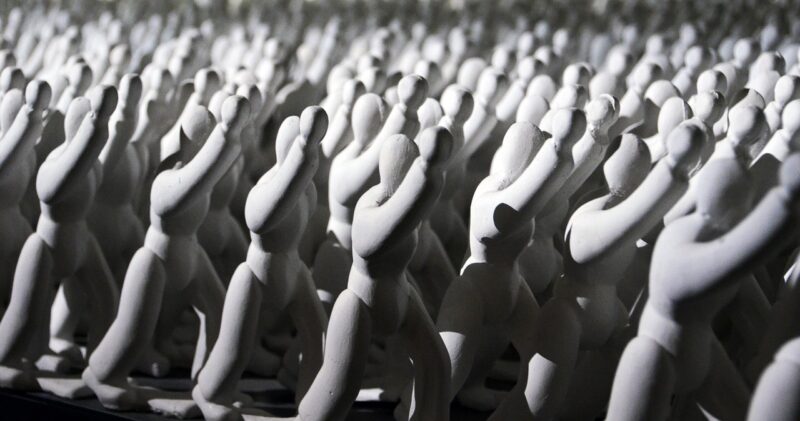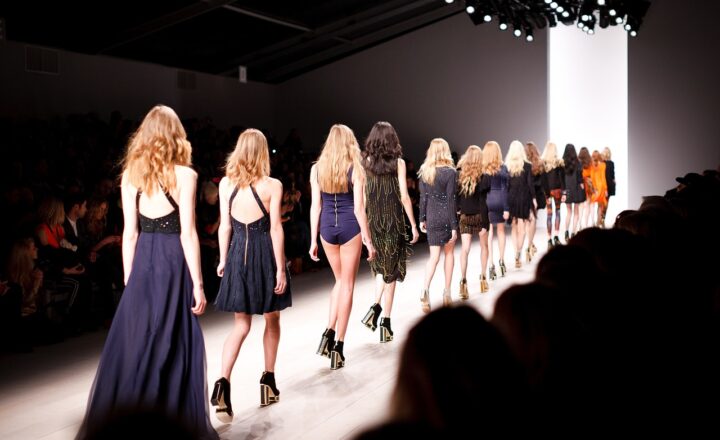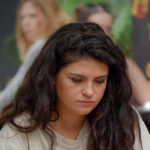
Fashion has long been a reflection of culture, society, and individual expression. In recent years, the fashion industry has undergone a significant transformation, propelled by advancements in technology, a heightened awareness of sustainability, and a shift in consumer behavior. In this article, we will delve deep into the evolving landscape of fashion, exploring the key factors driving the revolution and examining what lies ahead for style enthusiasts and the industry alike.
1. The Technological Wave in Fashion
Technology is reshaping every facet of our lives, and the fashion industry is no exception. Innovations that were once thought to be futuristic are becoming commonplace, drastically altering how design, production, and retail are conducted. Here are a few notable advancements:
- 3D Printing: This technology allows designers to create complex garments and accessories with minimal waste. By using 3D printing, brands can offer customized products while also reducing their environmental impact.
- Virtual and Augmented Reality: Virtual fitting rooms and AR experiences are being utilized by brands to enhance the shopping experience. Customers can try on clothes virtually without ever stepping into a store, significantly cutting down on returns and enhancing customer satisfaction.
- Blockchain Technology: Transparency in fashion supply chains is becoming increasingly important to consumers. Blockchain technology can offer traceability, helping consumers understand the journey of their garments from creation to sale.
With technology paving the way, the potential for innovation in fashion is endless, and these tools are revolutionizing how the industry operates, making it more efficient and responsive to consumer needs.
2. The Call for Sustainability
As climate change and environmental degradation become increasingly pressing concerns, the fashion industry is under scrutiny for its environmental impact. In response, sustainability has moved from a niche trend to a mainstream expectation. Some key movements include:
- Slow Fashion Movement: This philosophy emphasizes the production of clothing with consideration for the environment and the economy. Consumers are encouraged to buy less but invest in timeless pieces that offer longevity, rather than following fast-fashion trends that promote constant discarding.
- Sustainable Materials: More brands are opting for organic, recycled, or biodegradable materials to reduce waste and environmental footprints. Innovations like bio-fabricated leather and repurposed textiles are gaining traction.
- Transparency in Sourcing: Consumers now demand to know where their clothing comes from. Companies that disclose their supply chain practices are gaining a competitive advantage, fostering trust with their customers.
As the demand for accountability grows, fashion brands must adapt by prioritizing environmental and social sustainability, ensuring their operations align with societal values and consumer expectations.
3. The Rise of Digital and Global Fashion Influences
The digital age has unlocked a treasure trove of cultural influences that are reshaping what we wear. The emergence of social media platforms and e-commerce has democratized fashion, providing a platform for voices that may have otherwise gone unheard. Here are a few key trends:
- Influencer Culture: As individuals curate their lifestyles and styles on platforms like Instagram and TikTok, influencer marketing has become a powerful force. Brands are collaborating with influencers to reach target audiences authentically, often pulling from diverse cultural backgrounds and style choices.
- Global Inspiration: The internet has made it possible to draw inspiration from fashion trends worldwide. From African prints to Asian streetwear, regional styles are influencing mainstream fashion in unprecedented ways, promoting a fusion of cultures.
- Inclusive Representation: Visibility for diverse body types, ethnicities, and gender identities is on the rise. The fashion revolution values inclusivity, with brands embracing a more representative model that caters to a broader audience and prioritizes authentic storytelling.
Digital platforms are not just changing the market but redefining the very essence of fashion itself, establishing a more collaborative and multicultural fashion community.
4. The Future of Retail: Hybrid Experiences
As we navigate the changes in consumer behavior, the retail landscape is also evolving. The rise of e-commerce has been dramatic, especially due to the COVID-19 pandemic. However, physical stores remain essential, albeit in new and innovative forms. Key future trends include:
- Omnichannel Shopping: Retailers are blurring the lines between online and offline experiences. Consumers expect a seamless experience, where they can shop online and pick up in-store or return items easily across platforms.
- Experiential Retail: Physical stores are increasingly focusing on creating memorable experiences rather than just selling products. Interactive installations, personalized services, and community events are drawing shoppers in and enhancing brand loyalty.
- Pop-up Shops and Limited Edition Drops: Unique, time-limited offerings create urgency and exclusivity, enticing customers to engage with brands in innovative ways. These pop-ups create buzz, attract attention, and foster a connection to the local community.
The future of retail will require brands to embrace flexibility, creativity, and consumer preferences to thrive in an ever-evolving landscape.
5. What’s Next for Fashion?
As the fashion revolution continues to unfold, it is clear that adaptability, technology, sustainability, and inclusivity will be key drivers of success. Here are some emerging trends that may shape the future:
- Artificial Intelligence in Design: AI-driven fashion design tools can analyze market trends and consumer behavior to assist designers in creating products that resonate with the target audience, enhancing creativity and productivity.
- Circular Fashion: The concept of circularity, where garments are designed to be reused, refurbished, or recycled, is gaining traction. Brands are adopting this approach to minimize waste and extend the lifecycle of products.
- Personalization and Customization: As technology advances, consumers will demand greater personalization. Brands that provide tailored shopping experiences with customizable options will stand out in the crowded marketplace.
Ultimately, fashion is expected to be more inclusive, versatile, and sustainable, with brands that prioritize ethical practices and innovative designs thriving in this exciting era.
Conclusion
The fashion revolution is a testament to the industry’s resilience and capacity for transformation. As trends evolve and consumer expectations shift, brands must embrace this change, leveraging technology, sustainability, and inclusivity to create a brighter and more stylistically diverse future. By keeping abreast of these developments, fashion lovers and professionals alike can prepare for what’s next in the ever-evolving world of style.






